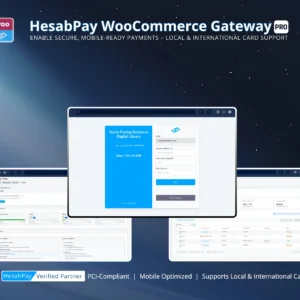Blog Focus: Maintaining payment reliability and detecting potential integration issues through scheduled test transactions.
1. Why Regular Transaction Testing Matters #
In enterprise WooCommerce environments, consistent transaction performance is critical.
Even minor API changes, hosting updates, or third-party plugin conflicts can silently disrupt the payment flow.
Regular testing ensures that:
-
Checkout, payment, and order status mapping remain stable.
-
Webhooks function correctly under different conditions.
-
Financial reporting remains accurate and auditable.
Enterprise Insight:
Top-performing eCommerce companies perform at least one test transaction per gateway every 30 days — it’s the easiest way to catch silent failures early.
2. Testing Frequency and Scenarios #
Perform scheduled tests to confirm gateway health:
| Type | Frequency | Purpose |
|---|---|---|
| Sandbox Test | Weekly | Checks webhook and checkout logic |
| Live Small-Value Test | Monthly | Validates real-time API communication |
| Multi-Currency Test | Quarterly | Ensures accurate currency conversions |
| Fail-Case Test | Annually | Confirms proper error handling |
3. Test Execution Steps #
-
Switch the plugin to Sandbox Mode.
-
Run multiple checkout scenarios — different products, currencies, and customers.
-
Observe how order statuses update (Processing → Completed → Refunded).
-
Review transaction logs and webhook timestamps.
-
Re-enable Live Mode and perform a small-value real transaction.
Enterprise Tip:
Automate test transactions using cron jobs or CI/CD scripts for continuous validation.
4. Post-Test Review #
-
Analyze webhook logs for delays or failures.
-
Ensure refund and cancellation flows work correctly.
-
Save screenshots and transaction IDs for audit documentation.
Conclusion:
Routine transaction testing guarantees uninterrupted payment reliability, regulatory compliance, and customer confidence — the foundation of every enterprise payment system.



